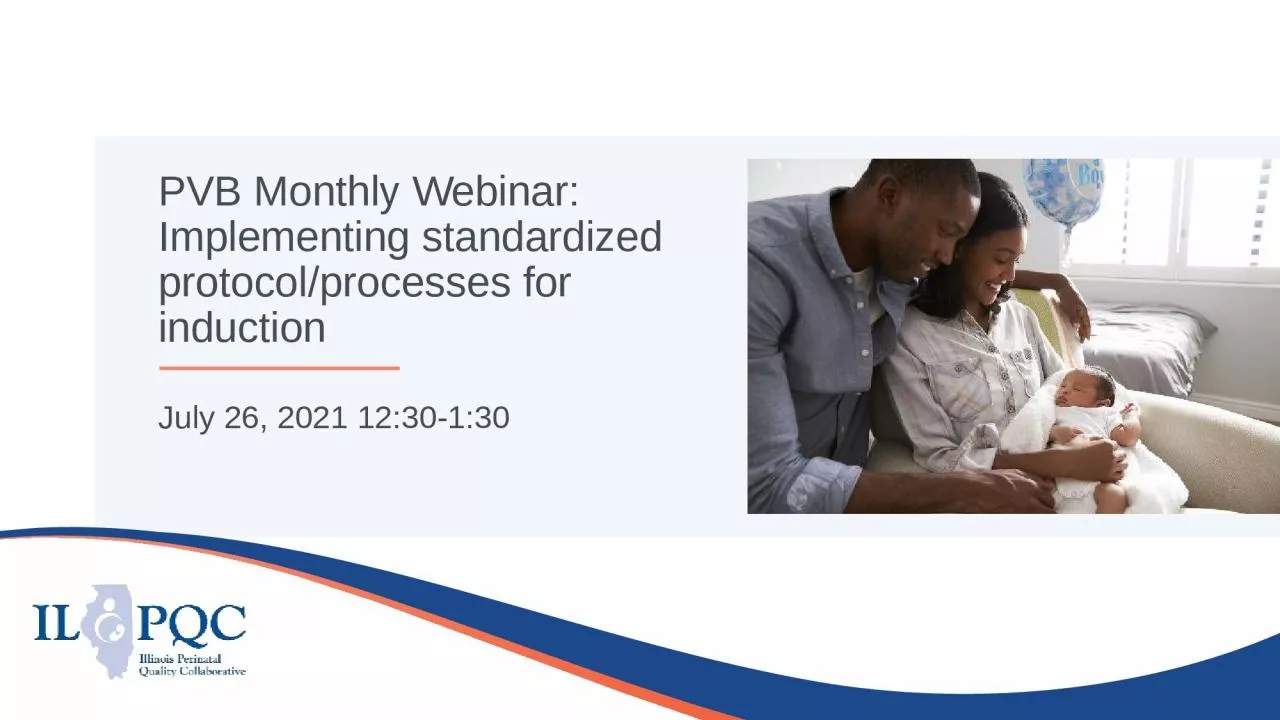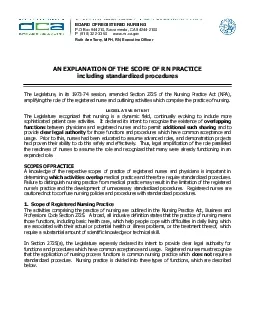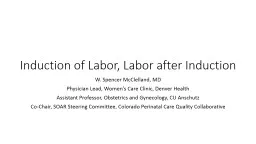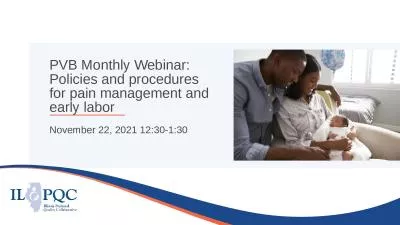PPT-PVB Monthly Webinar: Implementing standardized protocol/processes for induction
Author : Extremejock | Published Date : 2022-08-02
July 26 2021 1230130 Please enter for yourself and all those in the room with you viewing the webinar into the chat box your Name Role Institution If you are only
Presentation Embed Code
Download Presentation
Download Presentation The PPT/PDF document "PVB Monthly Webinar: Implementing stand..." is the property of its rightful owner. Permission is granted to download and print the materials on this website for personal, non-commercial use only, and to display it on your personal computer provided you do not modify the materials and that you retain all copyright notices contained in the materials. By downloading content from our website, you accept the terms of this agreement.
PVB Monthly Webinar: Implementing standardized protocol/processes for induction: Transcript
Download Rules Of Document
"PVB Monthly Webinar: Implementing standardized protocol/processes for induction"The content belongs to its owner. You may download and print it for personal use, without modification, and keep all copyright notices. By downloading, you agree to these terms.
Related Documents














